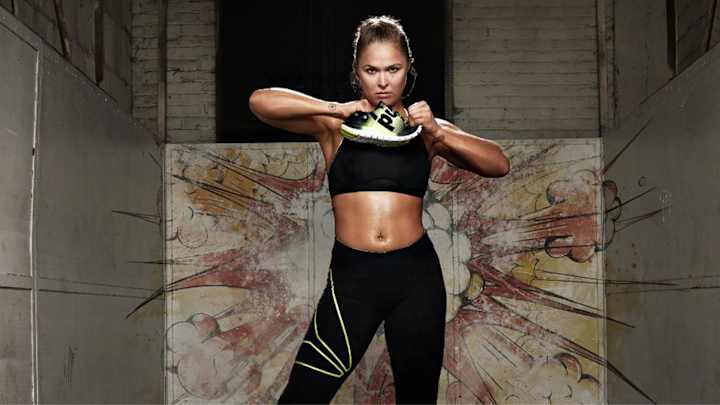How Reebok leveraged social media as it moved into fitness

Read about the latest sports tech news, innovations, ideas and products that impact players, fans and the sports industry at SportTechie.com.
Up until 2006, the global apparel and athletic footwear brand Reebok had been the official uniform maker of the NBA. Additionally, in 2012, it ended its 10-year deal with the NFL as the league’s licensed-apparel maker.
At that time, the then sports-focused company continued its shift away from professional sports and toward fitness in the way it communicated to its consumers in brick-and-mortar stores, how it positioned itself through advertising, and the brand story it told via social media.
Nearly five years later, and Reebok was recently named the top-performing brand in terms of online social consumer engagement, according to Engagement Labs.
“Our mission is to be the best fitness brand in the world to help people be the best versions of themselves,” said Ben Blakesley, Senior Manager of Global Social Media. “…I thought social media would be a great way to redefine what the brand meant in consumers’ minds.”

Subscribe to the
SportTechie Newsletter
- NBA Names Partners For Betting Data, Player-Tracking Deal
- Ex-NBA Commissioner David Stern Invests in Virtual Reality
- Dutch Aim To Use Fingerprint, GPS Device To Keep Banned Fans Out of Stadiums
When Blakesley arrived at Reebok in early 2014, the first plan of action was to give some “real purpose and direction” behind what the brand was communicating on its social media platforms, which included Twitter, Facebook, Instagram, YouTube and Snapchat, among others. That meant understanding which channels to prioritize and the resources needed to support those initiatives.
Building out a physical open-floor space, dubbed “The Newsroom,” allowed Blakesley’s nine-person team to not only collaborate among themselves but also the public relations and digital content teams—something that was not the case beforehand when everyone sat in individual cubicles.
“It sent a message to the rest of the company,” Blakesley said. “When they see a new space built out they’re like, ‘Oh, wow. Reebok is serious about social and digital and the relationship-building they’re doing there.’ There’s a buzz and vibrancy around the room that keeps things moving quickly and keeps us energized and excited about what we’re talking.”
The direction combined with a communicative environment, in turn, led to Reebok going into “hyper-drive” on social, as Blakesley explained. It double-downed on Twitter and Instagram and pivoted away from its focus on Facebook. With the one-to-one interaction on Twitter—where the brand has a “no comment left behind” mantra Reebok could better understand its consumers, nurture more authentic relationships with them, and ultimately build a bigger community centered around fitness.
From a robustness of features standpoint, Twitter can do it all, according to Blakesley. It provides Reebok an opportunity to deliver brand information and engaging content while also directing consumers to its website for various product and apparel offers.
Instagram has played a large role in the brand’s growth on social media as a whole, especially over the past eight months. Compared to the same time period last year, engagement across all channels is up 60 percent while audience size has increased 37 percent, too.
Its “Be More Human” campaign, which launched in early 2015, has also been a catapult of creativity for the brand as it educates consumers on its place in fitness. While the campaign no longer runs in a formal capacity in television or print advertising, its effects remain in the way Reebok speaks on social, especially Instagram.
“It has allowed us to tell our brand story in a real emotional and visceral way,” Blakesley said of Instagram, with the main brand account now having over 810,000 followers. “…We’re made a concerted effort to step up our game as far as the quality of content goes. Instagram has been the driver for that.
“In the last eight months, we’ve been trying to say, ‘We want to be authentic, be real and be accessible. We want to put forth the best brand version of what our community can be and what we can be. We not only want to show our product in the best light but also our brand mentality in the best light.’”
